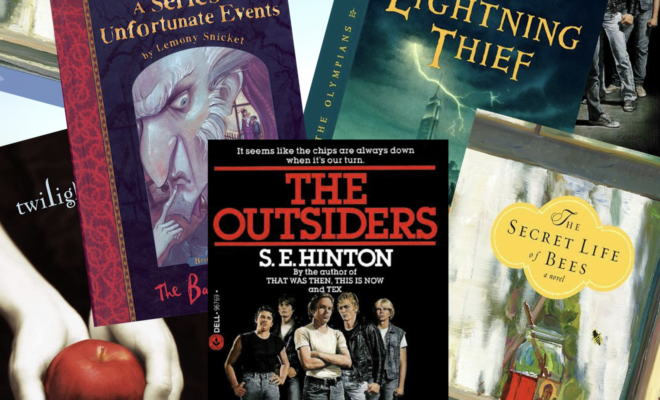
Literature
Literary Scene: Classic Young Adult Books Revisited
Ringling College writing students share their favorite Y.A. classics
By Ryan G. Van Cleave
For some bizarre reason, it’s cold in Sarasota this week, so, like a 1,500-pound Kodiak bear, I’m going to curl up in my cave and hibernate a bit. But don’t worry—students from my Writing for Young Adults class at Ringling College of Art and Design are stepping in to share some of THEIR favorite young adult book classics. See for yourself what the young’uns are reading!
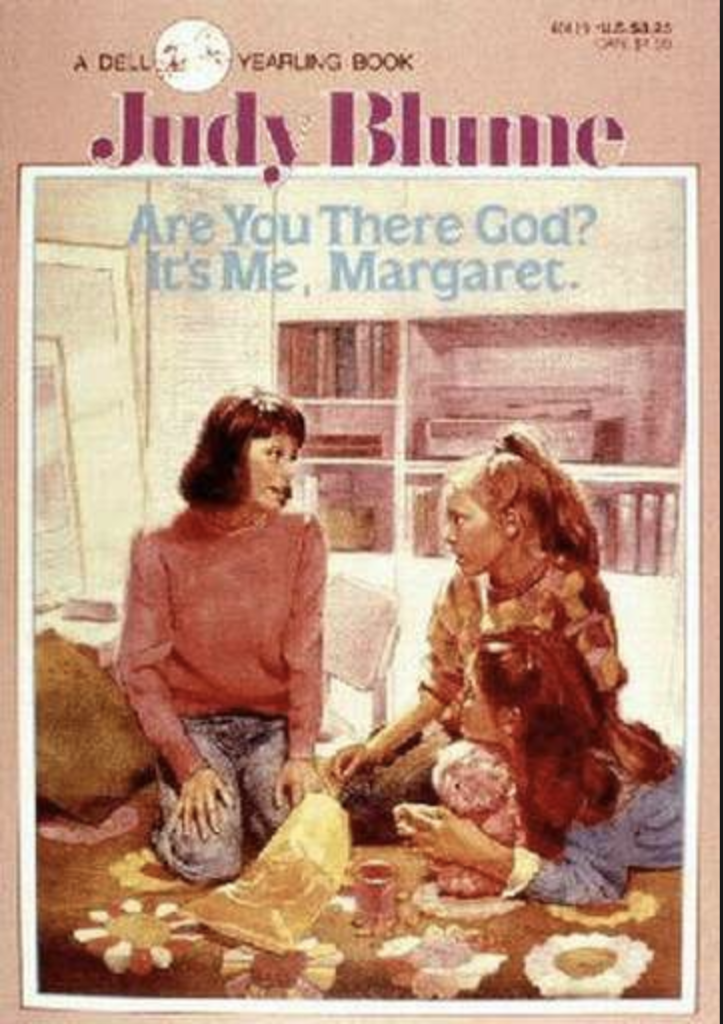
Are You There, God? It’s Me, Margaret
by Judy Blume
Judy Blume’s Are You There, God? It’s Me, Margaret was as fearless back in 1970 as it is today, handling controversial subject matters like female puberty and religion with humor and wit. After relocating from the bustle of Manhattan to a quiet town in New Jersey, eleven-year-old Margaret struggles with her religious identity; her mom being Christian and her dad Jewish, Margaret was raised as neither. As she looks for a religion she fits into, Margaret and her new friends navigate the sixth-grade social landscape. The teens meet periodically to discuss sex, periods, boys, and busts. Girl’s puberty is still considered taboo in children’s media, but Blume managed to tackle it head-on almost fifty years ago. Relive middle school and rethink religion with this hilarious classic!
—reviewed by Emma Pettinelli
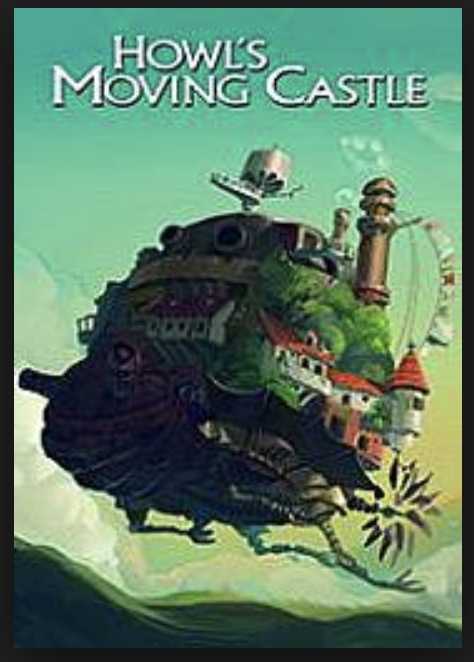
Howl’s Moving Castle
by Diana Wynne Jones
Diana Wynne Jones’ classic novel, Howl’s Moving Castle, follows Sophie Hatter, a young girl cursed by a witch to live as an old woman. Sophie sets out to seek help from the wicked wizard Howl who roams about in his moving castle, snatching up the hearts of young girls. While battling old age and Howl’s vanity, Sophie makes a deal with a fire demon, becomes a notorious cleaning witch, and confronts the Wicked Witch of the Waste in what is possibly the most unusual romance and coming-of-age tale ever told.
Through whimsical writing, Jones tips fairy tale tropes on their heads and invites readers into the lives of a colorful cast of characters who try to find love and fortune in a world rampant with magic.
—reviewed by Madi Brake
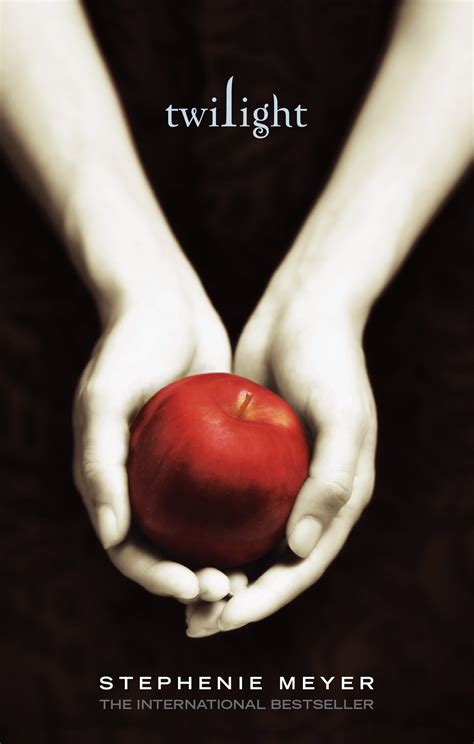
Twilight
by Stephenie Meyer
Stephenie Meyer’s Twilight has always been a conversation starter. It’s a breeze to read through the story of high schooler Bella Swan and her vampire boyfriend, Edward Cullen. Older fans of the series can reexamine this tale of romance and danger to find a new perspective that challenges the meaning of their favorite book. The novel touches on several talking points such as the example Bella sets for young girls. New readers may find a curious love story with tense choices that plague both Bella and Edward.
Twilight is a fantastic introduction to critical thinking due to the social commentary careful readers can home in on. As a new reader or a veteran, Twilight is worth revisiting for those interested in feminist conversation.
—reviewed by Jasper Egan
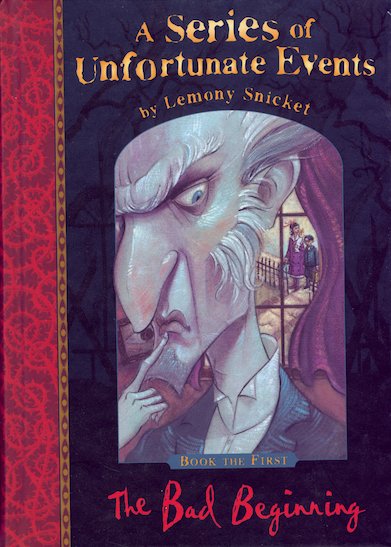
The Bad Beginning (A Series of Unfortunate Events, Book 1)
by Lemony Snicket
In the very eyewall of a nostalgia-storm that is sweeping a generation, one might suggest reading (or re-reading, in my case) Lemony Snicket’s The Bad Beginning. This classic book is clever, but also endearingly dark and completely enthralling on all fronts. Follow the Baudelaire children through their very first unfortunate event all over again while maybe (definitely!) rooting for Count Olaf, who is one of the most resilient, persistent, and outright ostentatious villains around. Snicket’s words, accompanied by Brett Helquist’s delightful, gorgeous illustrations, makes this book a joy to visit time and time again.
—reviewed by Samantha Mask
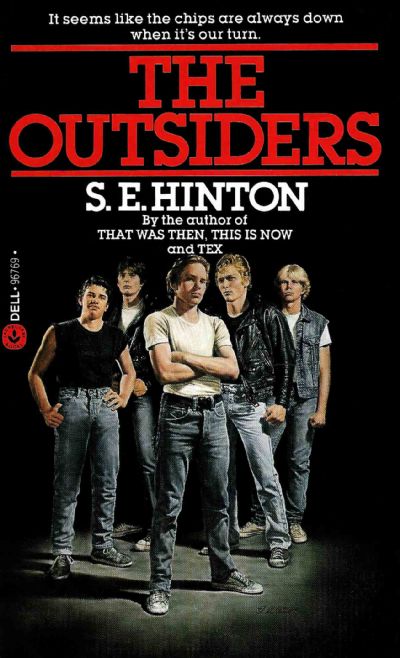
The Outsiders
by S.E. Hinton
Greasers, Socs, Oklahoma and gang violence: this is the story of The Outsiders.
Written in 1967 while Hinton was still a junior in high school, this coming-of-age novel depicts the world of Ponyboy Curtis, a young gang member who flees his home, but not before a fateful night that leaves blood on his hands.
Prompt but beautifully written, Hinton’s storytelling still holds up in modern times because of its immersion and charming tone. It’s an easy read, but has a very distinct voice that you won’t find anywhere else about themes like identity, growing up, violence and family.
—reviewed by Angel Campo
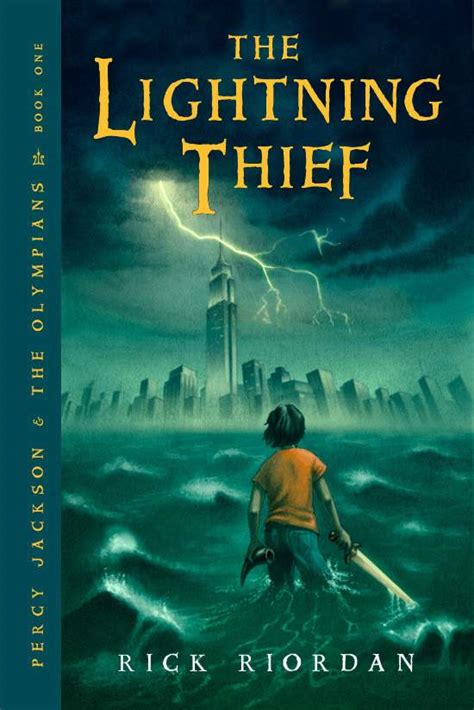
The Lightning Thief
(Percy Jackson
and the Olympians,
Book 1)
by Rick Riordan
If you haven’t yet read Rick Riordan’s The Lightning Thief, you’re missing out on a wonderful adventure. (Even if you have read it, you should go back and read it again immediately!)
It takes a nice afternoon and a glass of lemonade to finish. The characters are fun, the dialogue bounces, the action is enthralling, and the terrific use of Greek mythology is enough to inspire rocks to pick up a history book just to learn a bit more. I couldn’t put it down.
Since it’s the first in a series, you will have four more wonderful stories to follow the heroic tween Percy Jackson. So go ahead and dive deep into the fantastic world of mythological monsters and mayhem. From start to finish, it’s an amazing ride.
—reviewed by Jacob Shapiro
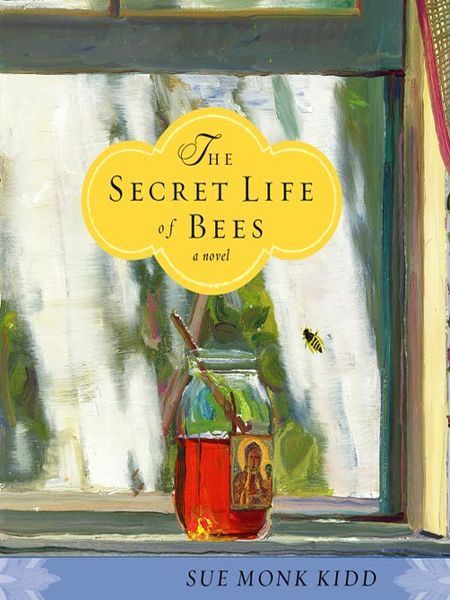
The Secret Life of Bees
by Sue Monk Kidd
This novel by Sue Monk Kidd is a delightfully rich story about finding strength through diversity in the American South in the 1960s. Despite facing abuse and haunting family memories, 14-year-old Lily Owens goes on an adventure to learn to take control, but she ultimately finds real family instead. Her adoptive family of black beekeeper women teach her about womanhood, kindness, faith, beekeeping, and the racial prejudice they face. Just like the honeybee, the women in this story are as delicate as a wing, but strong as a stinger.
—reviewed by Esther Sitver




You must be logged in to post a comment Login